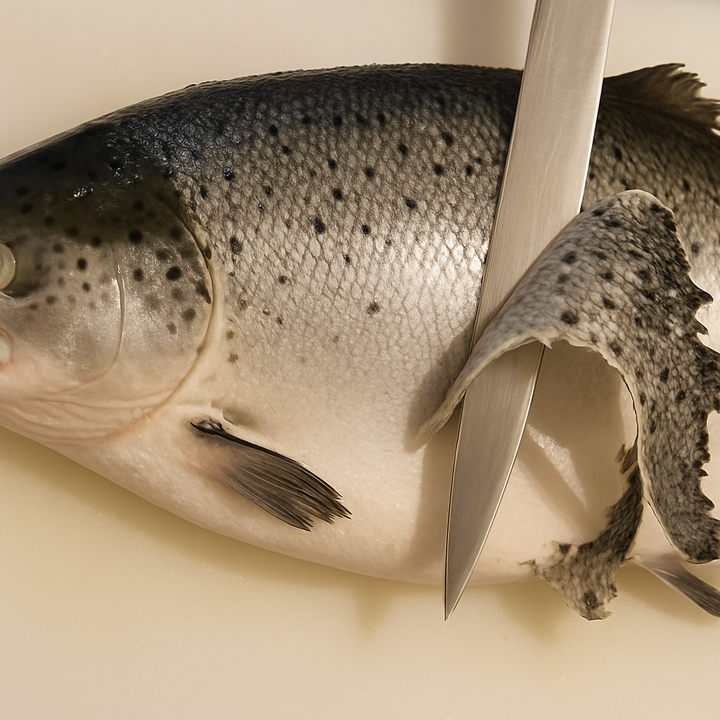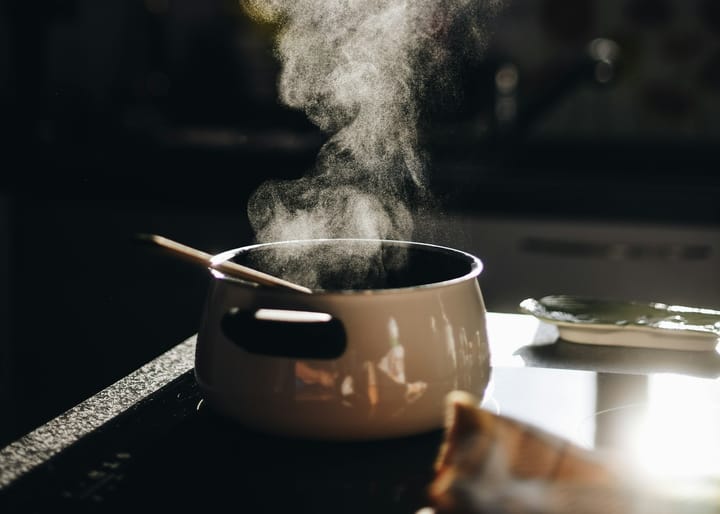A Taste of Hungary: Traditional Dishes Featuring Mangalitsa Pork
Hungary's woolly Mangalitsa pig stars in traditional dishes like kolbász and pörkölt. Its extraordinary fat melts at mouth temperature, creating an unmatched culinary experience celebrated annually at Budapest's Mangalica Festival.
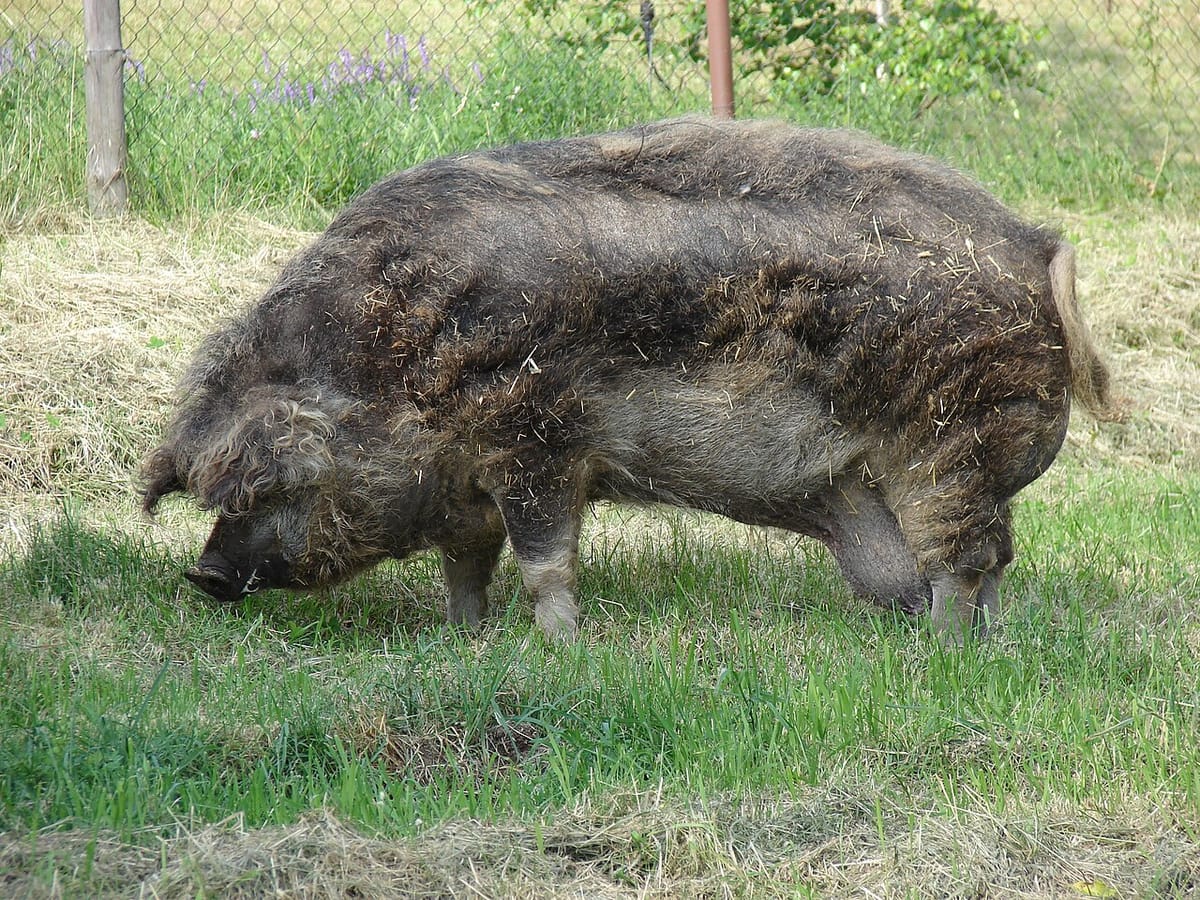
In the rolling countryside of Hungary, where tradition and innovation meet, one culinary treasure stands out for its distinctive appearance and exceptional flavor: the Mangalitsa pig.
Often called the "Kobe beef of pork," this wooly-coated heritage breed represents more than just exceptional pork meat—it embodies centuries of Hungarian cultural identity and gastronomic heritage, commanding prices up to five times higher than conventional pork in global markets.
Mangalitsa: Hungary's Living Cultural Icon
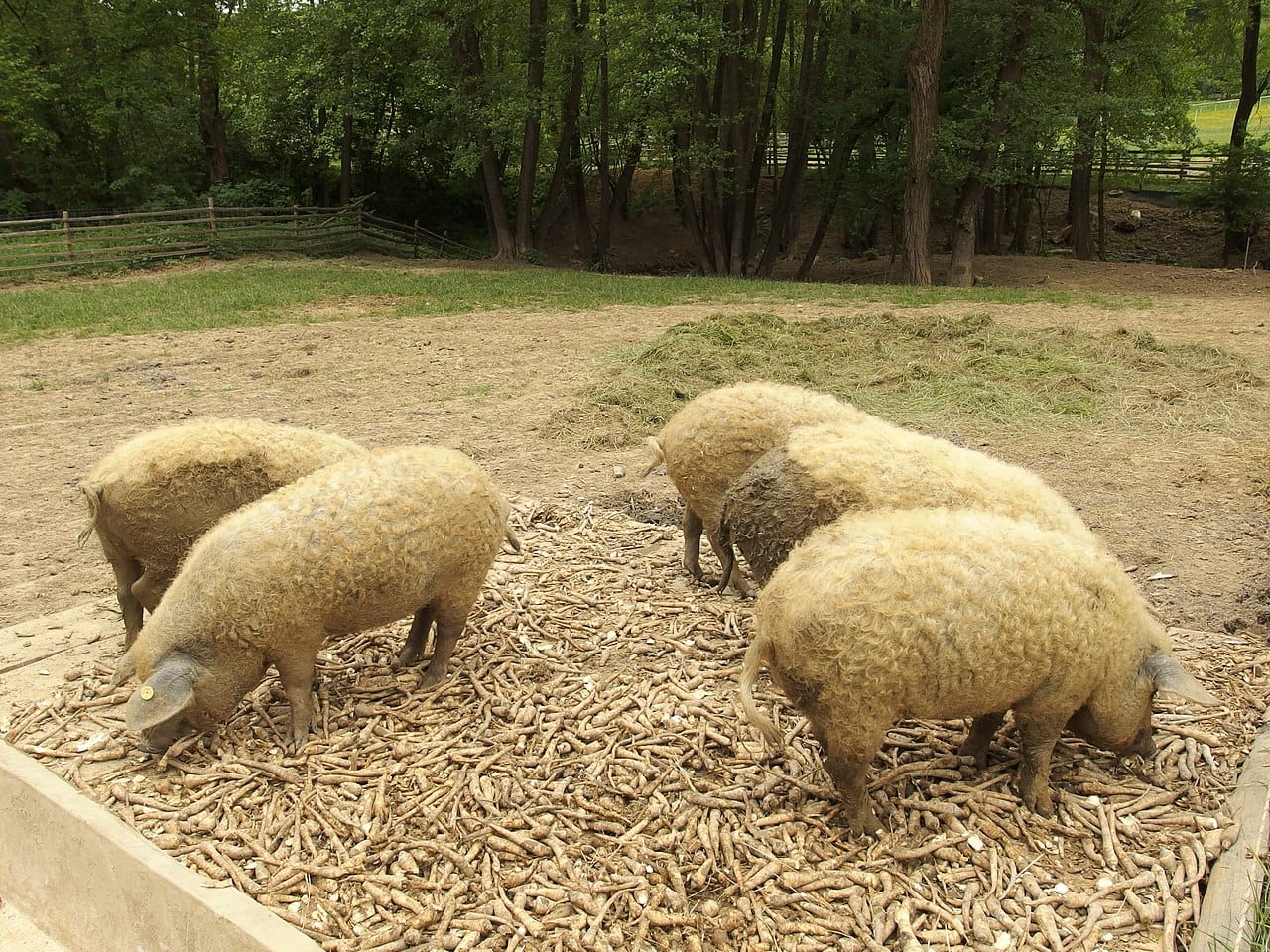
With its thick, curly coat resembling sheep's wool more than typical pig bristles, the Mangalitsa is immediately recognizable even to those unfamiliar with pig breeds.
This distinctive appearance, combined with its extraordinary culinary qualities, has elevated the Mangalitsa from mere livestock to a symbol of Hungarian cultural pride.
The breed's history is deeply intertwined with Hungary's own. Developed in the 1830s through careful breeding programs initiated by Archduke Joseph, Palatine of Hungary, the Mangalitsa quickly became the preferred pig of the Austro-Hungarian Empire.
Its name derives from the Hungarian word "mangalica," meaning "hog with a lot of lard"—an apt description for an animal whose fat content constitutes nearly 65% of its body weight.
By the early 20th century, Mangalitsas represented over 90% of the pigs raised in Hungary. However, the post-World War II shift toward leaner meats and industrial farming nearly drove the breed to extinction.
By the 1990s, fewer than 200 purebred Mangalitsas remained in Hungary.
Thanks to dedicated conservation efforts led by animal geneticist Peter Toth, the population has rebounded to tens of thousands, and the Mangalitsa has reclaimed its place at the heart of Hungarian cuisine.
Traditional Hungarian Dishes: Celebrating Mangalitsa
What makes Mangalitsa pork exceptional is its extraordinary fat quality. Unlike conventional pork fat, Mangalitsa fat contains a higher percentage of unsaturated fatty acids, giving it a lower melting point (around 28°C/82°F) that literally melts in your mouth.
This unique characteristic, combined with deeply flavored meat, makes it ideal for traditional Hungarian dishes that celebrate rather than minimize fat content.
Kolbász: Hungary's Beloved Sausage
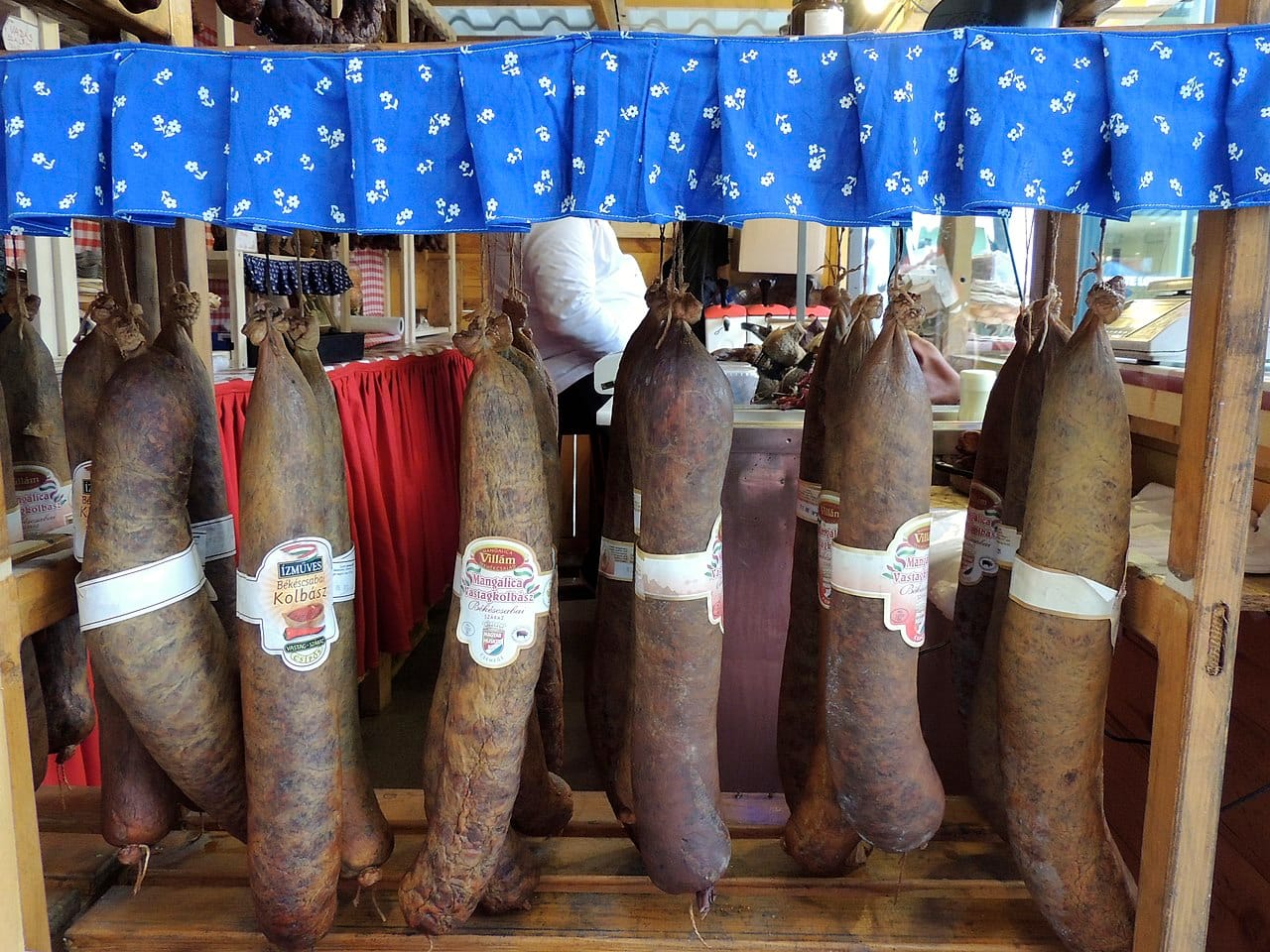
Perhaps no dish better showcases Mangalitsa pork than traditional Hungarian kolbász.
Unlike many Western sausages that aim to reduce fat content, authentic Hungarian kolbász embraces the rich marbling and high-quality fat of Mangalitsa pork.
The traditional preparation begins during the disznótor (pig slaughter festival), typically held during winter months when cold temperatures naturally aid preservation.
The choicest cuts of Mangalitsa, including shoulder and belly with their generous marbling, are hand-cut rather than ground to preserve texture. These chunks are mixed with paprika (Hungary's other famed culinary export), garlic, caraway seeds, and sometimes a touch of white wine.
What distinguishes Mangalitsa kolbász from those made with conventional pork is its exceptional moisture retention during smoking and curing.
The unique fat composition prevents the sausage from drying out, resulting in a product that remains succulent even after extensive aging. The most prized varieties, like Gyulai and Csabai kolbász, achieve their pinnacle when made with Mangalitsa pork.
Pörkölt: The Soul of Hungarian Comfort Food
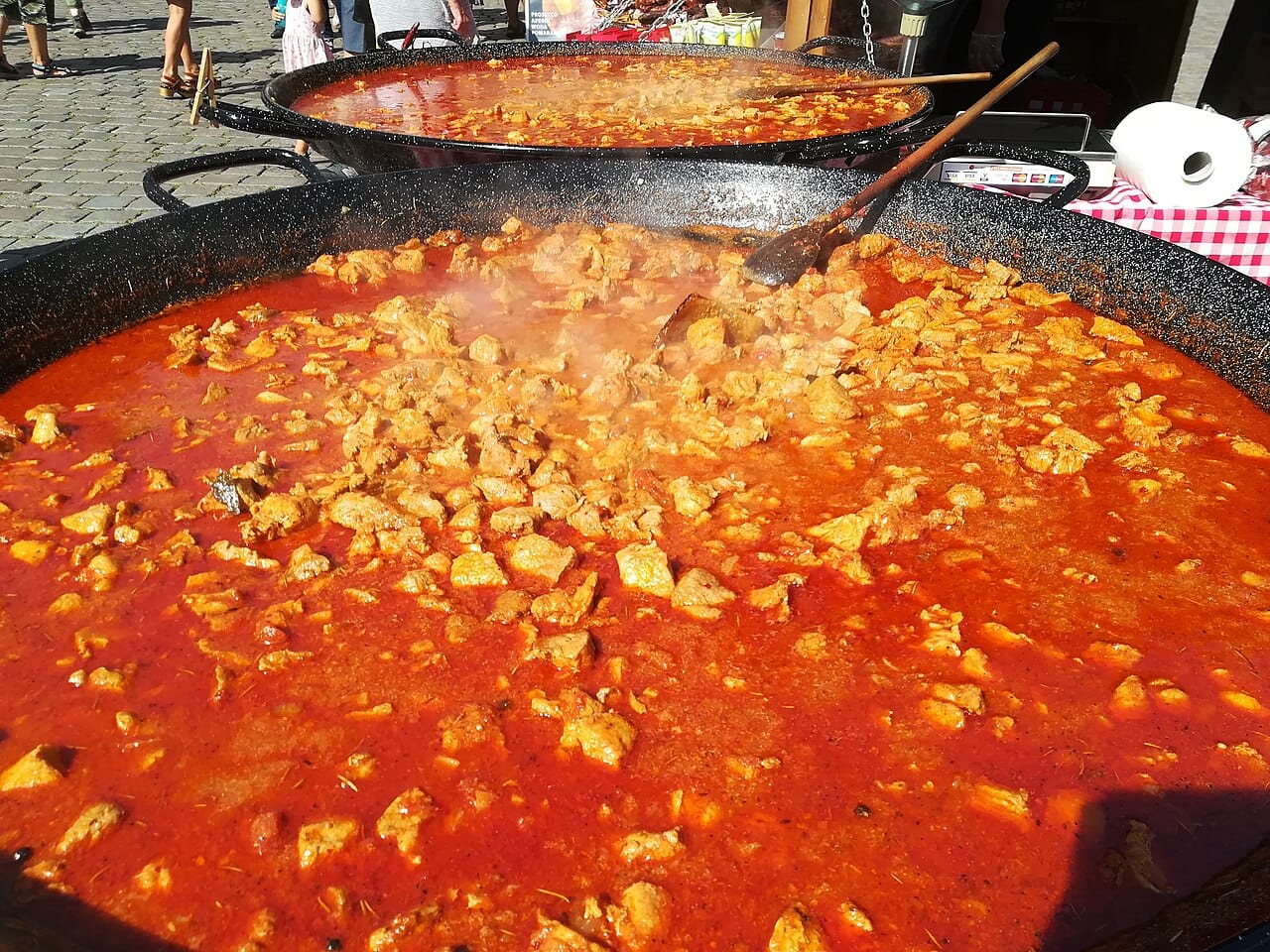
Pörkölt, often mistakenly called goulash outside Hungary, represents the heart of Hungarian home cooking.
This thick meat stew begins with rendered Mangalitsa fat and slowly caramelized onions, creating a foundation of flavor impossible to replicate with vegetable oils or leaner fats.
Traditional Mangalitsa pörkölt uses shoulder or leg cuts with their natural marbling intact. The meat is first seared in its own rendered fat, then joined by onions, garlic, and generous amounts of paprika.
What follows is a slow simmer that transforms relatively tough cuts into fork-tender morsels suspended in a rich, red sauce.
Unlike Western stews that often rely on flour or starch for thickening, authentic pörkölt achieves its hearty consistency through reduction, with the melting Mangalitsa fat creating a naturally luxurious mouthfeel.
The dish is traditionally served with nokedli (small dumplings similar to German spätzle) or tarhonya (egg barley), which help soak up the flavorful sauce. A side of savanyúság (pickled vegetables) provides acidic contrast to the richness of the stew.
Szalonna: Celebration of Pure Fat

Perhaps no traditional food better illustrates Hungary's reverence for Mangalitsa than szalonna—pure fatback that's treated not as a cooking medium but as a delicacy in its own right.
Traditional Hungarian szalonna comes in several varieties, from paprikás szalonna (rubbed with paprika) to abált szalonna (parboiled) and füstölt szalonna (smoked).
The ritual of szalonnasütés (bacon roasting) occupies a special place in Hungarian social life.
During outdoor gatherings, thick slices of Mangalitsa fatback are skewered on sticks and slowly roasted over open coals.
As the fat renders, it drips onto bread rubbed with garlic, creating a simple yet transcendent dish. The crackling skin, known as töpörtyű, is enjoyed as a separate delicacy.
What makes Mangalitsa szalonna exceptional is both its flavor and texture. The high proportion of unsaturated fats creates a clean mouthfeel without the waxy coating often left by conventional pork fat.
Its natural sweetness and nutty undertones make it a culinary experience rather than merely a source of calories.
The Mangalica Festival: Celebrating Heritage

Each February, Budapest's Szabadság Square transforms into a celebration of all things Mangalitsa during the annual Mangalica Festival.
Established in 2007, this three-day event attracts more than 50,000 visitors from across Hungary and internationally, making it one of the country's most significant food festivals.
Visitors can sample every imaginable preparation of Mangalitsa pork, from traditional dishes like kolbász and töpörtyű to modern interpretations by innovative chefs.
The festival also features cooking demonstrations, cultural performances, and opportunities to meet the farmers who have dedicated themselves to preserving this heritage breed.
Beyond gastronomy, the festival serves as an educational platform about sustainable farming and genetic conservation.
Farmers display live Mangalitsas in their three color varieties—blonde (the most common), swallow-bellied (black with a white underbelly), and red—allowing visitors to connect the exceptional products they're enjoying with the remarkable animals that produce them.
More Than Meat: Mangalitsa as Cultural Identity
The Mangalitsa represents something far deeper than exceptional pork for Hungarians.
As a breed that nearly disappeared but was rescued through dedicated conservation efforts, it symbolizes Hungarian resilience and commitment to preserving cultural heritage despite modernizing pressures.
In 2012, the Hungarian government formally recognized this cultural significance by adding Mangalitsa products to the Hungarikum Collection—a curated list of values unique to Hungary and worthy of special protection.
This designation places Mangalitsa alongside other treasured Hungarian cultural assets like Tokaji Aszú wine and traditional folk embroidery.
The breed's revival has also supported the resurrection of traditional Hungarian farming methods that work in harmony with natural environments.
Mangalitsas thrive in free-range conditions where they can forage for acorns, roots, and natural foods, creating agricultural systems that contrast sharply with industrial meat production.
Connecting Food to Heritage
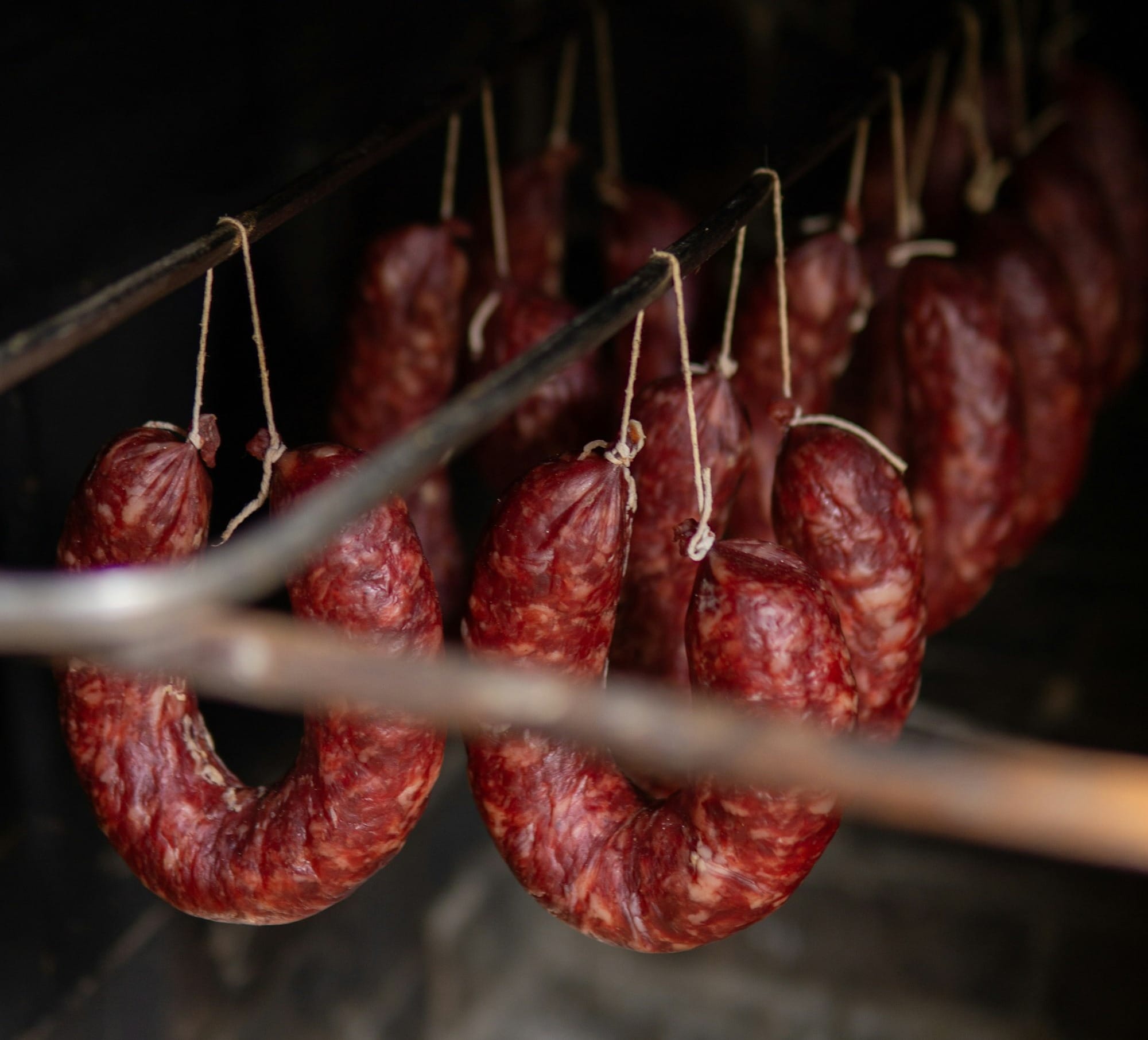
The story of Mangalitsa pork in Hungary offers valuable insights into how food systems intertwine with cultural identity.
In an era of increasing food homogenization, the preservation of heritage breeds like the Mangalitsa helps maintain not just genetic diversity but cultural diversity as well.
For visitors to Hungary, experiencing traditional Mangalitsa dishes provides more than mere sustenance—it offers a taste of history, a connection to place, and an understanding of how Hungarians have related to their land and livestock for generations.
Each bite of perfectly prepared kolbász or pörkölt tells a story of agricultural traditions, culinary innovation, and national pride.
As global interest in food provenance and heritage breeds continues to grow, the Mangalitsa stands as a testament to the value of preserving agricultural biodiversity.
By maintaining these living links to culinary heritage, Hungary ensures that future generations can continue to taste the authentic flavors that have defined its national cuisine for centuries.
In every slice of Mangalitsa kolbász and every spoonful of rich pörkölt, the essence of Hungarian cultural identity lives on—a delicious reminder that food is never just food, but a tangible connection to our collective past and future.
